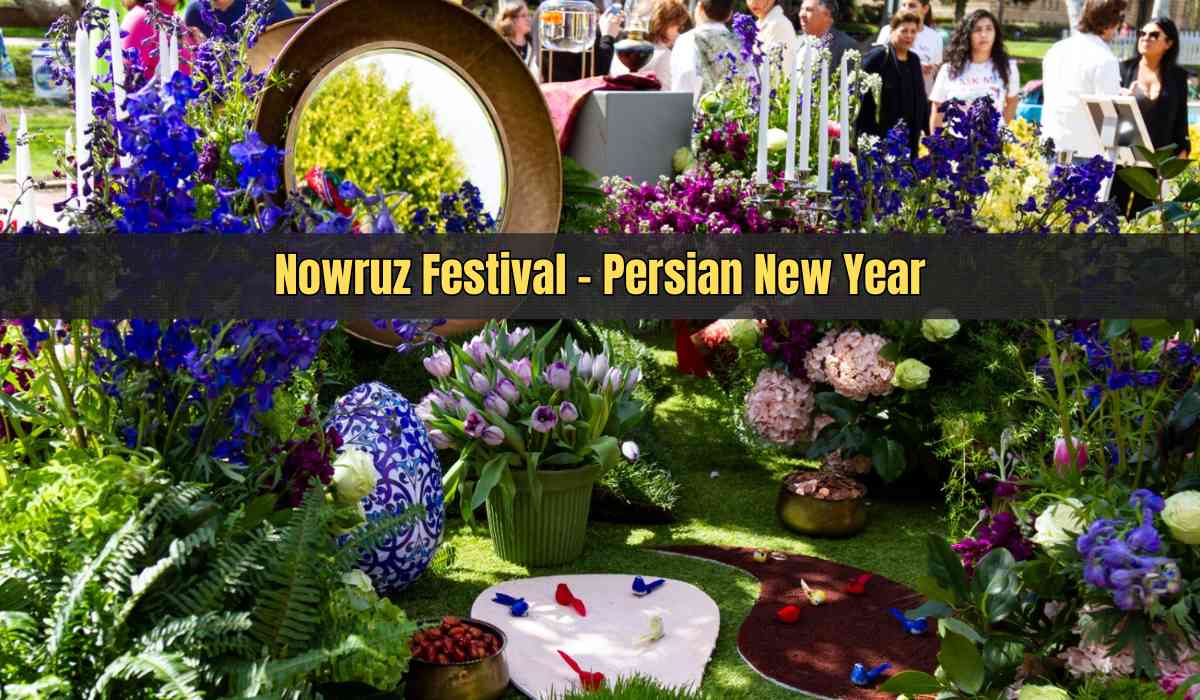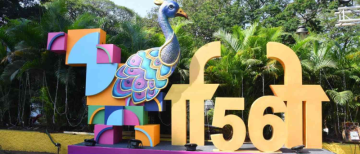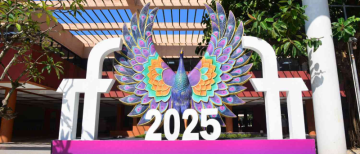As winter fades and the first hints of spring emerge, more than 300 million people around the world prepare to welcome Nowruz, the Persian New Year. Rooted in over 3,000 years of tradition, this festival is a celebration of life, renewal, and rebirth, bringing together cultures across Iran, Central Asia, the Caucasus, the Middle East, the Balkans, and beyond.
Nowruz, meaning "New Day" in Persian, is more than just the start of the new year; it symbolizes the triumph of light over darkness, the arrival of spring, and the promise of new beginnings.
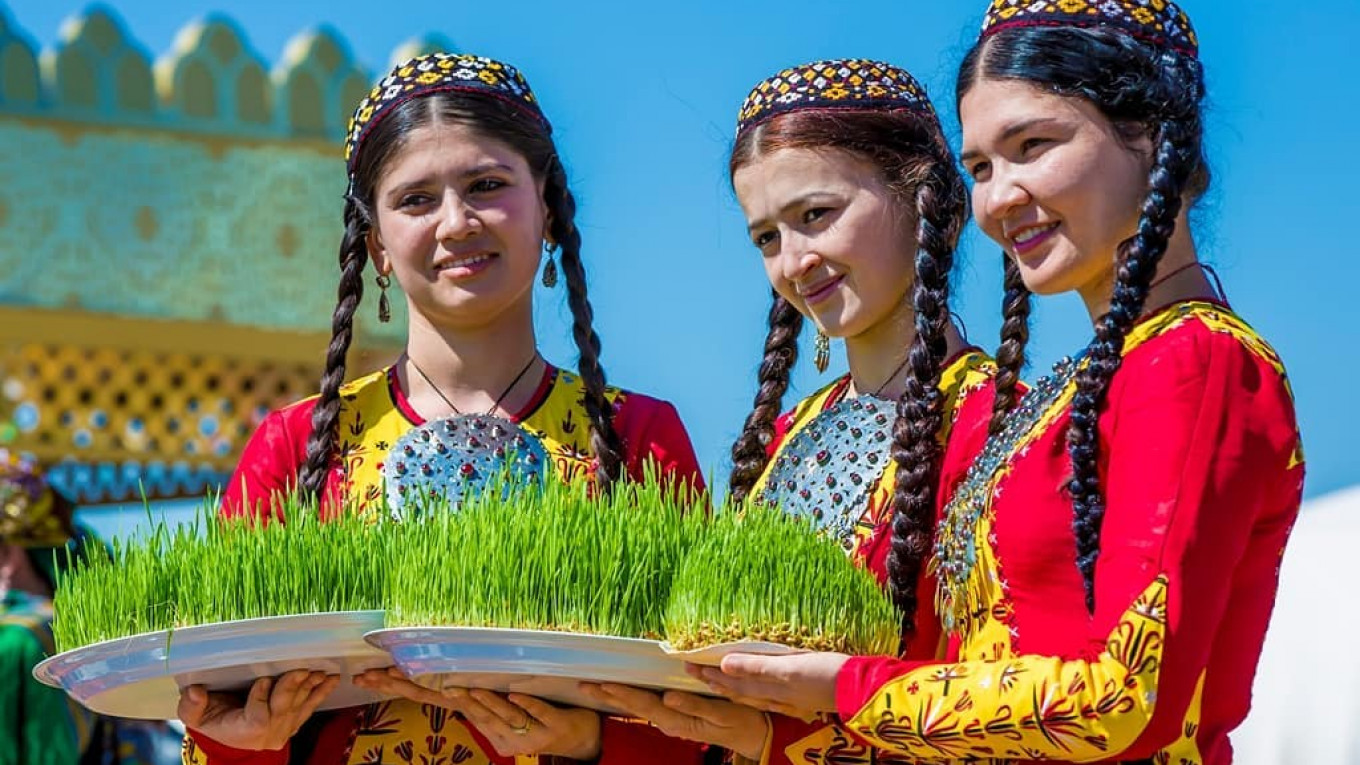
Origins and History of Nowruz
Nowruz traces its roots back over 3,000 years to the Persian Empire and the Zoroastrian religion, Zoroastrianism, one of the world's oldest religions, which emphasized the cyclical nature of time and the balance between light and darkness. It was a major festival during the Achaemenid era (550–330 BCE), celebrated with grandeur at Persepolis, where Persian kings would receive envoys and gifts from across their vast empire.
Persian astronomer and poet Omar Khayyam later refined the Jalali calendar, which remains the basis of Iran’s current solar calendar. For Zoroastrians, Nowruz marks the creation of the world (Giti) and humankind. Over time, while the festival retained its deep spiritual meaning, it evolved into a secular celebration, embraced by people of diverse ethnic and cultural backgrounds.
In 2009, Nowruz was added to the UNESCO Intangible Cultural Heritage List. The following year, the United Nations General Assembly declared March 21 as International Nowruz Day, recognizing its role in fostering peace, unity, and cultural exchange worldwide.
When and Where Is Nowruz Celebrated?
Nowruz is celebrated at the exact moment of the spring equinox, when the sun crosses the celestial equator, bringing nearly equal daylight and night across the Northern Hemisphere. This precise timing, determined through astronomical calculations, ensures the festival always aligns with nature’s renewal.
Nowruz is widely observed across regions influenced by Persian culture, including:
-
Iran, Afghanistan, Azerbaijan, and Central Asia (Uzbekistan, Turkmenistan, Tajikistan, Kazakhstan, and Kyrgyzstan)
-
The Caucasus, Kurdish communities and the Middle East (Azerbaijan, Armenia, Turkey, Iraq, Syria, and parts of the Arabian Peninsula)
-
The Balkans and beyond (Albania, Bosnia, Georgia and diaspora communities in North America and Europe)
-
Parsi and Zoroastrian communities in India and Pakistan
Its influence extends far beyond national borders, uniting people through shared customs and values.
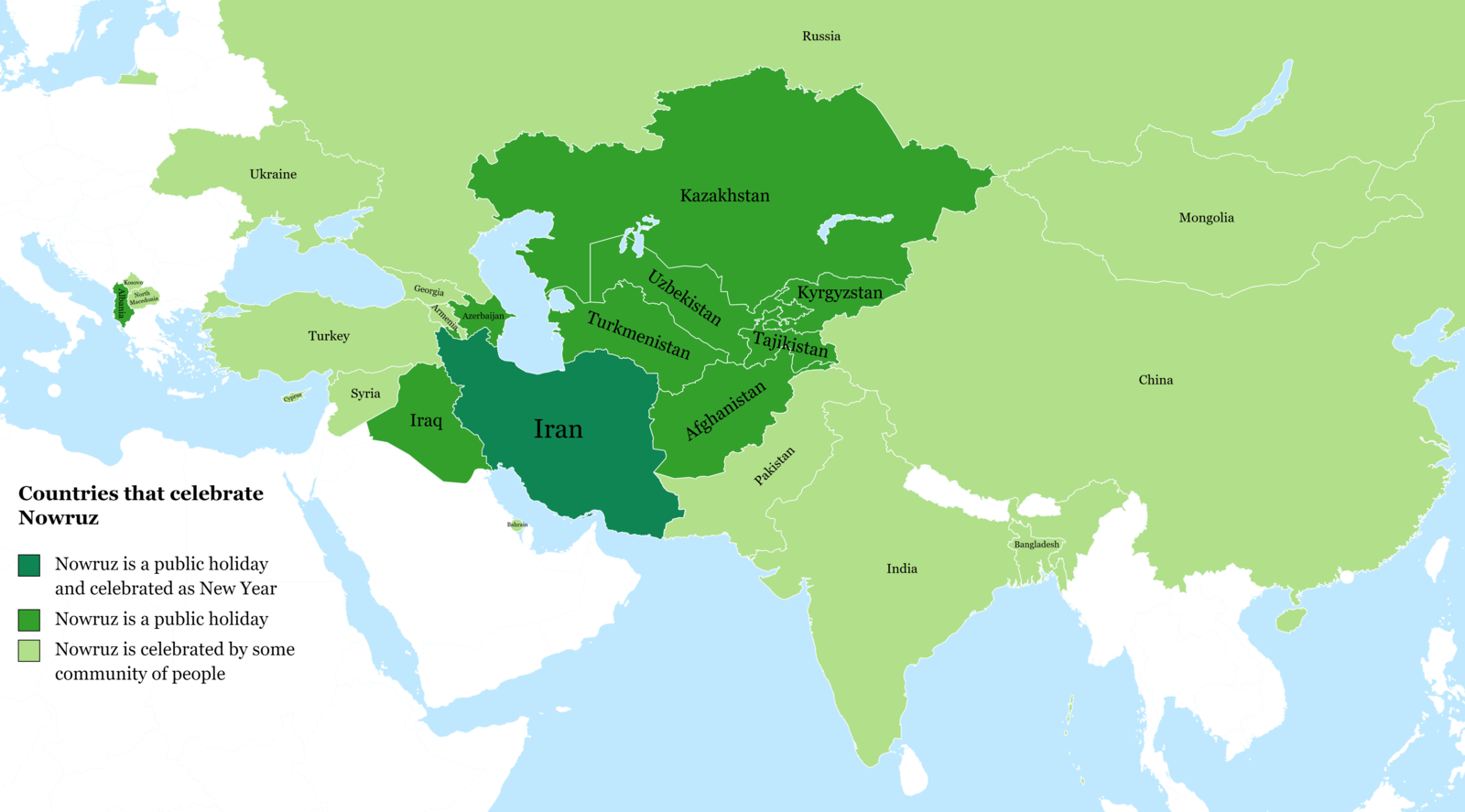
How Is Nowruz Celebrated?
Nowruz is a multi-day festival, lasting up to 13 days, with rich traditions that vary by region. However, several key customs remain universal:
1. Spring Cleaning and Home Preparation
Before Nowruz, families engage in khane tekani or "shaking the dust"—a deep cleaning ritual to clear away the old and welcome new beginnings. This tradition is similar to spring cleaning but but carries a spiritual significance, symbolizing renewal and purification. Many also buy new clothes to wear on the first day of Nowruz, further emphasizing renewal.
2. Chaharshanbe Suri: The Festival of Fire
On the last Tuesday night before Nowruz, people celebrate Chaharshanbe Suri, or "Red Wednesday," by jumping over bonfires while reciting:
"My yellowness to you, your redness to me."
This symbolizes letting go of sickness, misfortune, and negativity while absorbing the fire’s warmth, energy, and health.
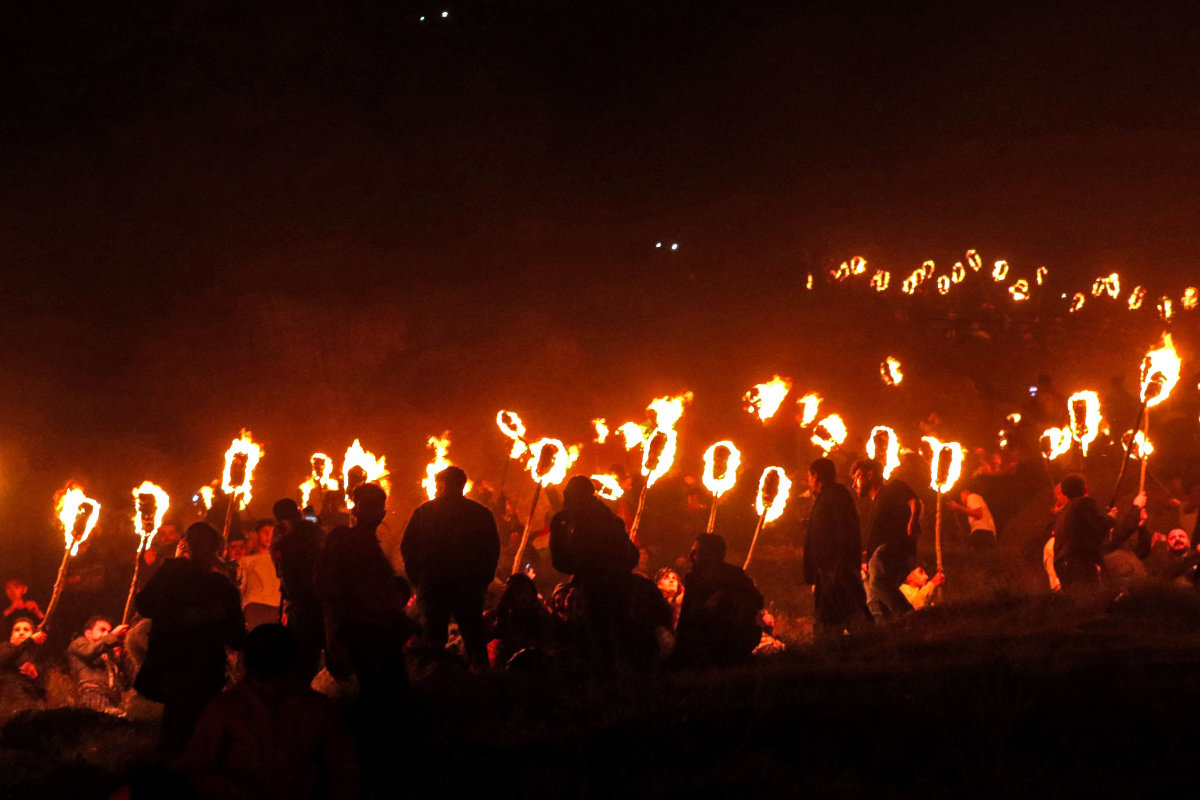
3. The Haft-Sin Table: Symbols of Prosperity
One of the most cherished traditions of Nowruz is the Haft-Sin table, a beautifully arranged display featuring seven symbolic items that start with the letter "S" (س) in Persian:
-
Sabzeh (sprouted wheat, lentils, or barley) – Renewal and growth
-
Samanu (sweet wheat pudding) – Patience, strength, and abundance
-
Senjed (dried oleaster fruit) – Love and wisdom
-
Seer (garlic) – Health and protection
-
Seeb (apple) – Beauty and well-being
-
Serkeh (vinegar) – Patience and wisdom
-
Sumac (crushed red berries) – The victory of light over darkness
Additional items often placed on the table include:
-
A mirror – Reflection on the past and future
-
Painted eggs – Fertility and new life
-
Goldfish – Progress and movement
-
Candles – Light and happiness
-
A book of poetry or prayers – Often the Quran, Hafez’s poetry, or the Persian epic Shahnameh
4. Nowruz Feasts: A Celebration of Flavors
Nowruz celebrations feature lavish feasts, each dish carrying a symbolic meaning:
-
Sabzi Polo ba Mahi (Herbed rice with fish) – A staple in Iranian households
-
Kuku Sabzi (Herb frittata) – Prosperity and renewal
-
Reshteh Polo (Rice with noodles) – Paths to success in the new year
-
Plov – The beloved rice dish of Azerbaijan and Uzbekistan
-
Nauryz Kozhe (Soup with barley, horse meat, and milk) – A Kazakh staple
-
Haft Mewa (Seven-fruit syrup) – A traditional Afghan delicacy
-
Baklava, Shekerbura, and Kolcheh Nowrozi – Popular sweets enjoyed across regions
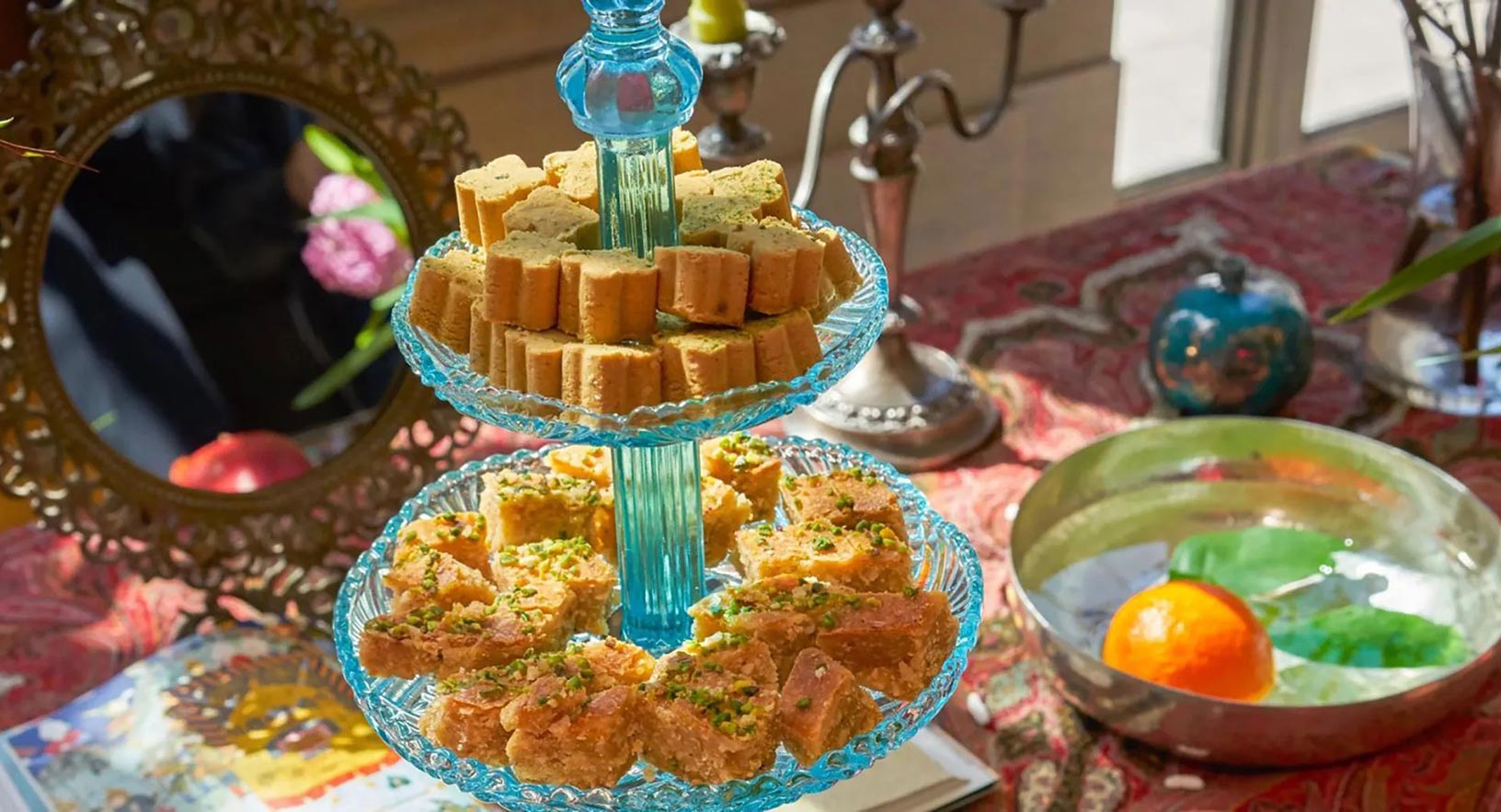
5. Visiting Loved Ones and Exchange of Gifts
The first few days of Nowruz are dedicated to visiting family and friends, exchanging blessings, sweets, and gifts. Younger family members pay respects to elders, who, in return, give them eidi (money or symbolic gifts) as a token of goodwill.
6. Sizdah Be-Dar: The "Nature Day" Picnic
On the 13th day of Nowruz, families celebrate Sizdah Be-Dar, or "Nature Day," by spending time outdoors in parks and green spaces. This tradition represents letting go of bad luck and embracing positivity. A key ritual involves releasing sprouted wheat (Sabzeh) into running water, symbolizing the release of past negativity.
For single women, tying blades of Sabzeh into knots before throwing them into the water is believed to bring luck in marriage within the coming year.
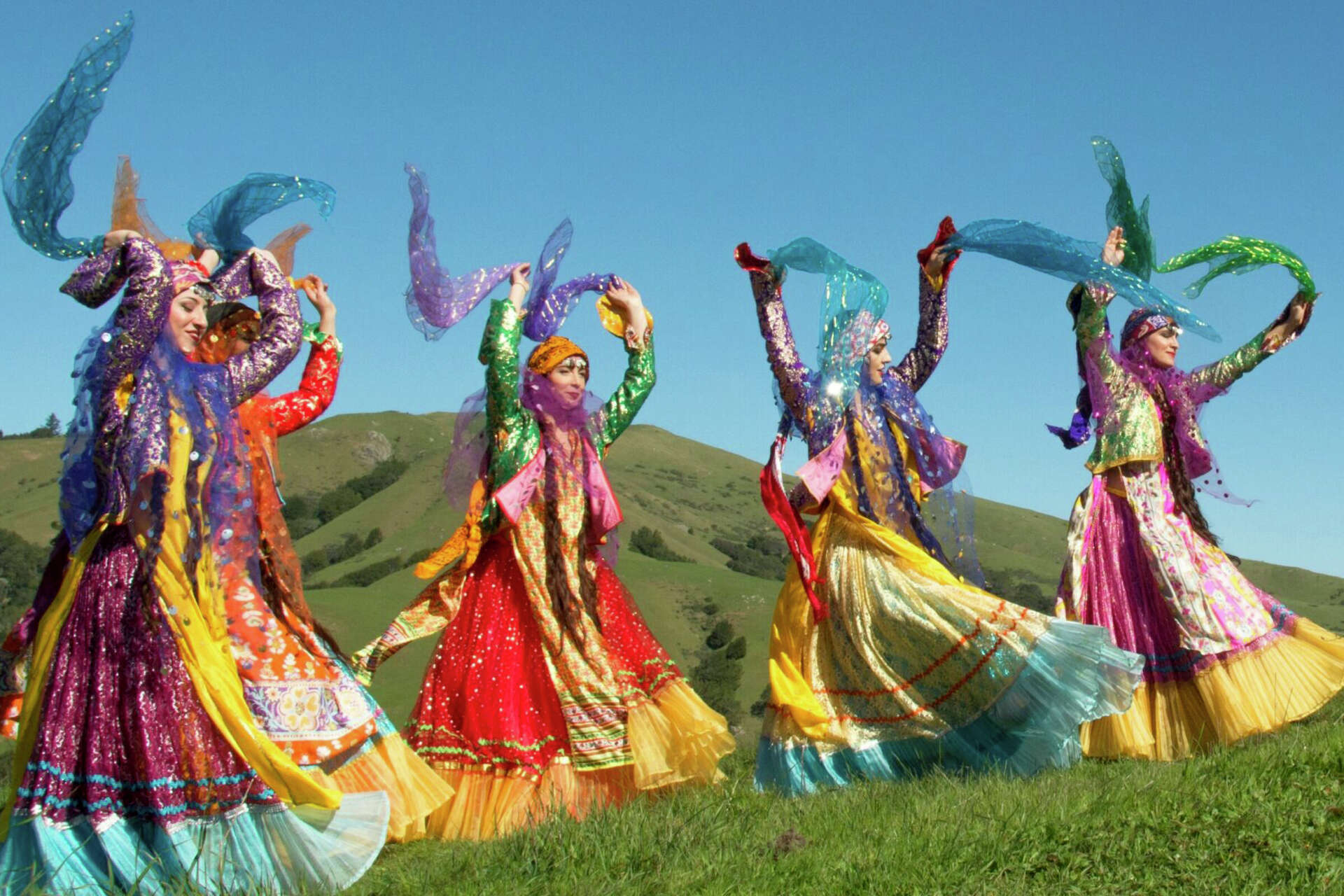
Nowruz in the Modern World
- Nowruz's Recognition by UNESCO and the UN
In 2009, UNESCO officially recognized Nowruz as part of the Intangible Cultural Heritage of Humanity. A year later, the United Nations declared March 21 as International Nowruz Day, acknowledging its role in promoting peace, solidarity, and cultural exchange.
- Nowruz Around the World
Nowruz celebrations extend to global cities with Persian and Central Asian diasporas. In places like London, New York, and Los Angeles, Nowruz-themed events, food festivals, and concerts attract diverse communities.
Restaurants worldwide also introduce Nowruz-inspired menus, offering dishes like sabzi polo, kuku sabzi, and sumalak to those looking to join in the festivities.
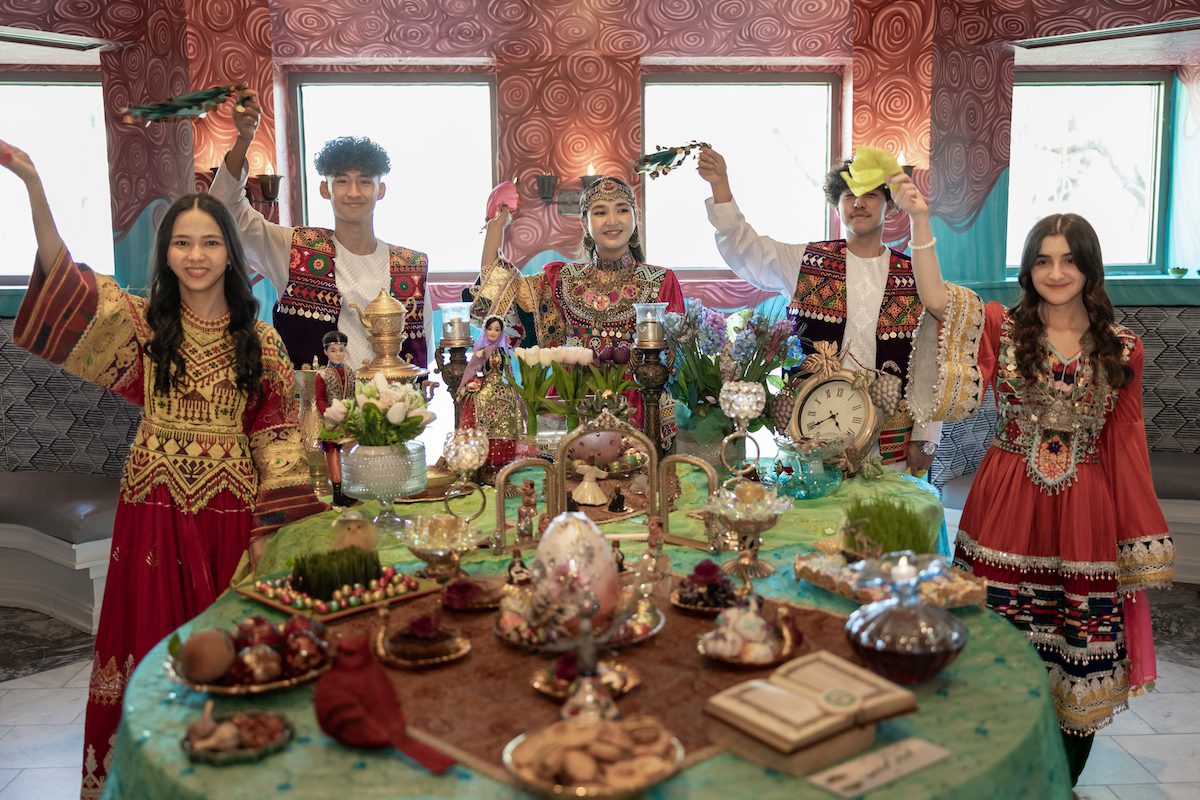
Nowruz: A Celebration of Unity and Hope
Nowruz is more than just a New Year’s celebration—it’s a festival that transcends cultures, religions, and nationalities. Rooted in Zoroastrian traditions, it continues to unite millions across the world with its message of renewal, balance, and hope.
Whether through fire-jumping rituals, elaborate feasts, or the symbolic Haft-Sin table, Nowruz serves as a reminder of nature’s rebirth and the human desire for new beginnings.
As spring arrives and daylight lengthens, Nowruzetan Pirooz! (Wishing you a victorious Nowruz!)
With inputs from agencies
Image Source: Multiple agencies
© Copyright 2025. All Rights Reserved Powered by Vygr Media.

